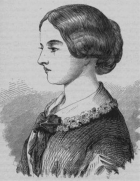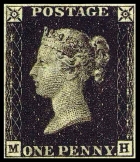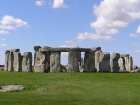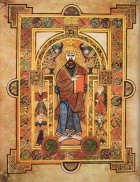Change and continuity
This particular concept is more appropriate for fourth stage Key Stage 1 than Key Stage 2. It is about developing an understanding of the idea that some things change while others old and new stay the same. A house for example will both have doors and windows (continuity) but what those doors are made of and how they work will be different (change) this is about comparing and contrasting in particular to your students own experiences and lives. This should become a process that children can apply in a less explicit manner across Key Stage 2. Read more
Sort by:
Date (Newest first) | Title A-Z
Show:
All |
Articles |
Podcasts |
Multipage Articles
-

Migration to Britain through time
ArticleClick to view -

OFSTED, primary history and creativity
ArticleClick to view -

Our Iron Age challenge
ArticleClick to view -

Overground, underground and across the sea
ArticleClick to view -

Place-names and the National Curriculum for History
ArticleClick to view -

Poverty in Britain: A development study for Key Stage 2
ArticleClick to view -

Primary History and planning for teaching the Olympics - four curricular models
ArticleClick to view -

So was everyone an ancient Egyptian?
ArticleClick to view -

Stone Age to Iron Age - overview and depth
ArticleClick to view -

Teaching about the German Occupation of Jersey through the Occupation Tapestry
ArticleClick to view -

Teaching crime and punishment as a post-1066 theme
ArticleClick to view -

Teaching history and geography together in a meaningful way
ArticleClick to view -

Teaching ‘changes within living memory’: making the most of your school
ArticleClick to view -

The Early Years Foundation Stage Curriculum
ArticleClick to view -

The Elizabeth cake
ArticleClick to view -

The Great Fire of London and the National Curriculum
ArticleClick to view -

The Maya: a 4,000-year-old civilisation in the Americas
ArticleClick to view -

Turning technology: making life better in Iron Age Britain
ArticleClick to view -

Using 'Development Matters' in the Foundation stage
ArticleClick to view -

Using original sources
ArticleClick to view

